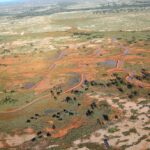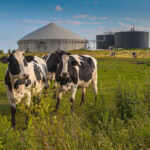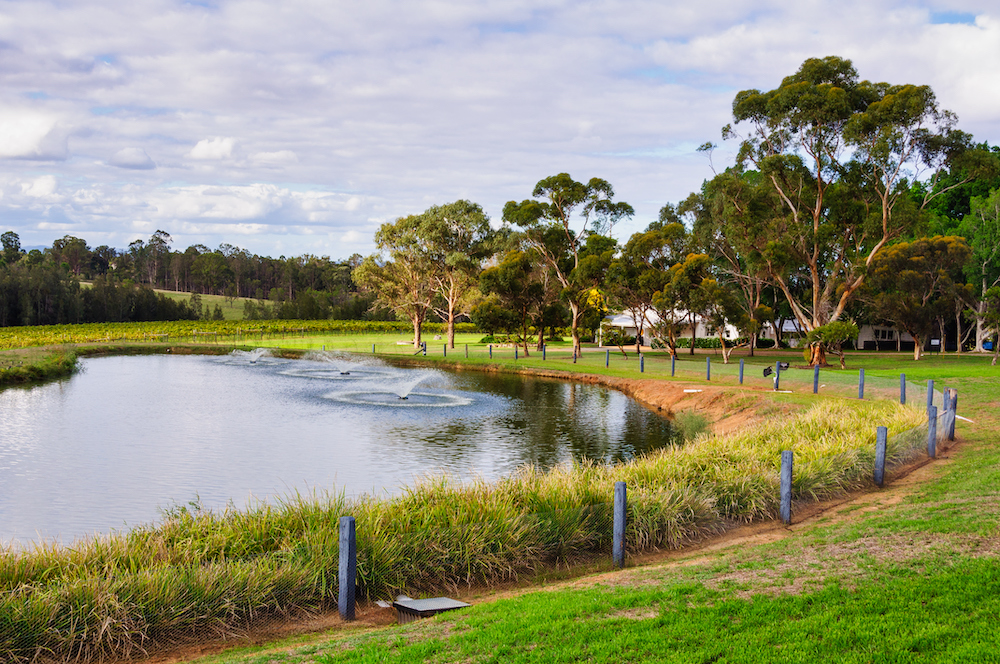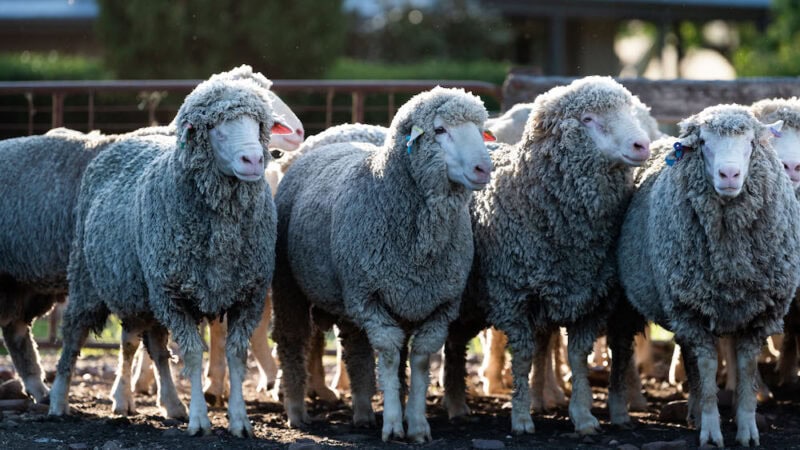Penne and Tas Clarke are enjoying a good spell on their 48,000-hectare farm between White…
Plan ahead: farmers & infrastructure
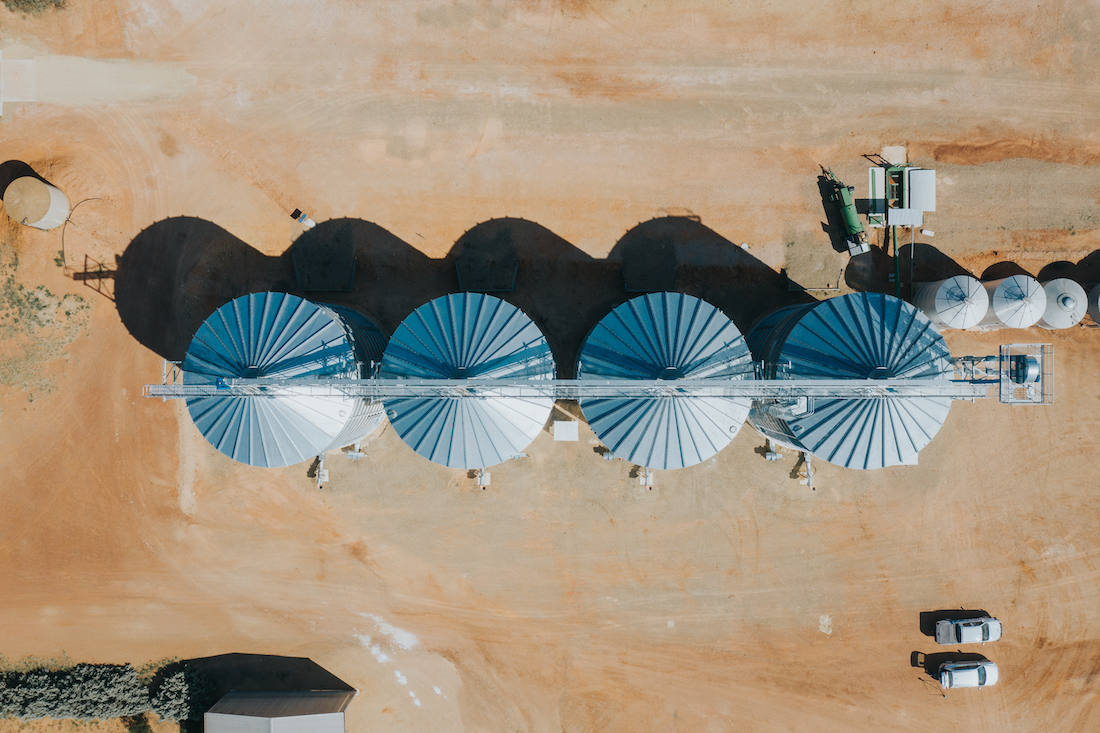
Despite increasing delays in the supply of goods with the Australian Industry Group (Ai Group) reporting that 30 per cent of Australian businesses have experienced major supply chain disruptions in 2021, farmers are continuing to plan for the implementation of infrastructure purchases.
Not deterred by a decade of drought, followed by massive bushfires, then a global pandemic, and then floods and a mice plague, crises that would have been more than most businesses could handle, the rural sector is capitalising on two years of rain to plan ahead.
There will be floods, fire and drought, but with good planning and the right infrastructure, they will get through.
The global pandemic has added a few more hurdles such as massive global supply chain disruption causing upheavals in the buying and selling of goods. But this too has helped farmers to plan ahead, as product ordered can take months to arrive instead of weeks. Spur of the moment purchasing decisions for everything from trucks and tractors to silos and technology just doesn�t work. Forward planning is now becoming the name of the game.
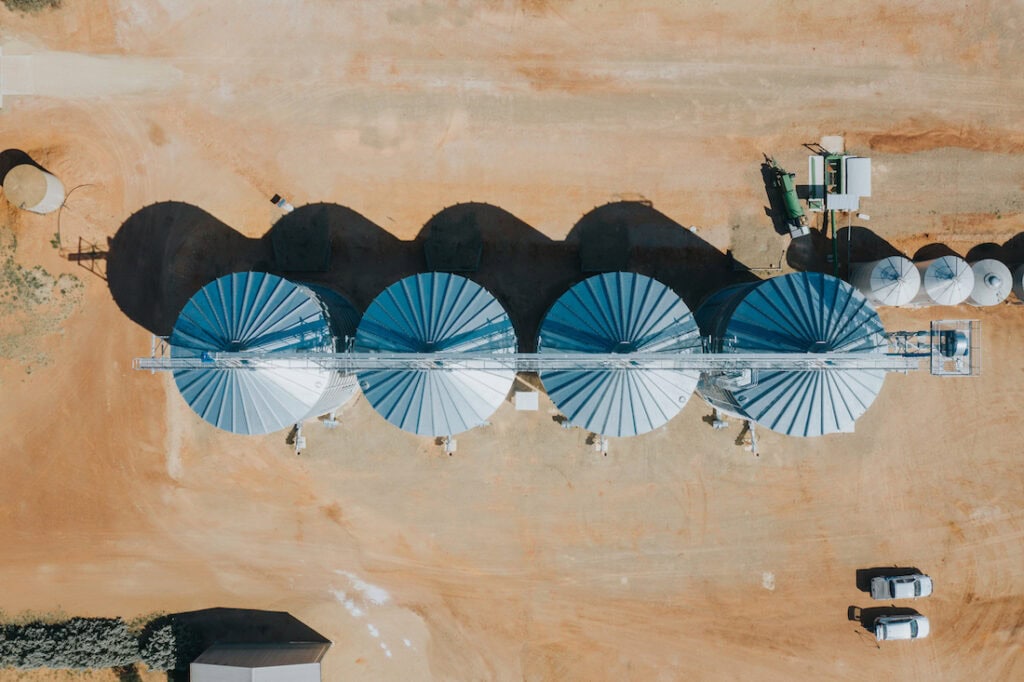
La Ni�a sets the course
For many, heavy rainfall and flooding did setback what was to be a bumper grain and some horticulture crops were spoiled. But, commodity prices are strong, particularly in the livestock sector, and there is plenty of water to store. That has meant � cash in the bank and a chance to look to renewal and repair of important farm infrastructure.
The need for planning is critical as there will be many more challenges on the horizon as we experience more frequent and more severe climate events. The Bureau of Meteorology (BOM) says a La Ni�a period has set in having become established in the tropical Pacific. This is having a major impact on weather patterns with higher than average rainfall throughout summer of 2021-22. BOM�s climate models indicate La Ni�a is likely to be maintained until late summer.
According to the BOM, Australia�s temperature and rainfall variability are also influenced by global warming caused by human activities. Australia�s climate has warmed by around 1.44 degrees centigrade for the 1910 – 2019 period. Rainfall across northern Australia during its wet season (October – April) has increased since the late 1990s. In recent decades there has been a trend towards a greater proportion of rainfall from high intensity short duration rainfall events, especially across parts of northern Australia.
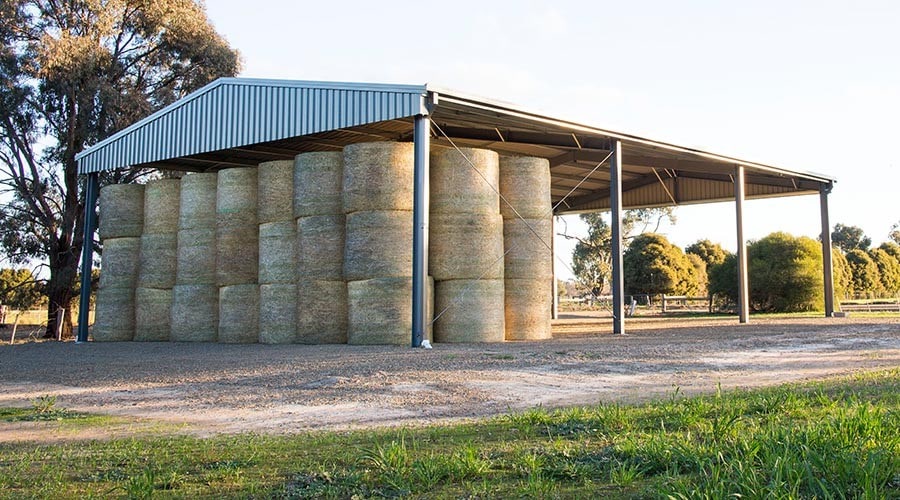
In line with those predictions, eastern NSW has already experienced much higher than average rainfall and a very wet summer, the rainfall with the bursts of sunshine has made everything grow. And it doesn�t take an ag scientist to tell you that � all you have to do is look over the fence. Reports of record grain harvests, bumper crops all round are arriving in silos, sheds and warehouses across NSW.
Optimal growing conditions
Kirk Harberger, is the CEO of the family owned and operated Harberger agribusiness which supplies and implements premium equipment and facilities for the farming community. �We are a direct importer of infrastructure with our own building crews.�
While Kirk admits that availability of some materials have slowed down because of the pandemic causing shipping and ocean freight delays, the demand has continued to rise for a wide range of farm infrastructure.
�A large part of our program is almost full for next year on the building side,� he says.
Kirk believes that more and more farmers are planning ahead for their farming needs, in a more competitive and constantly changing domestic and global marketplace. He says many farmers are planning one to two years ahead as they realise that getting the infrastructure and equipment they need cannot be purchased in a short time frame.
�Farmers are very hungry for technology which will help them to be more efficient. It�s the way it has to go.�
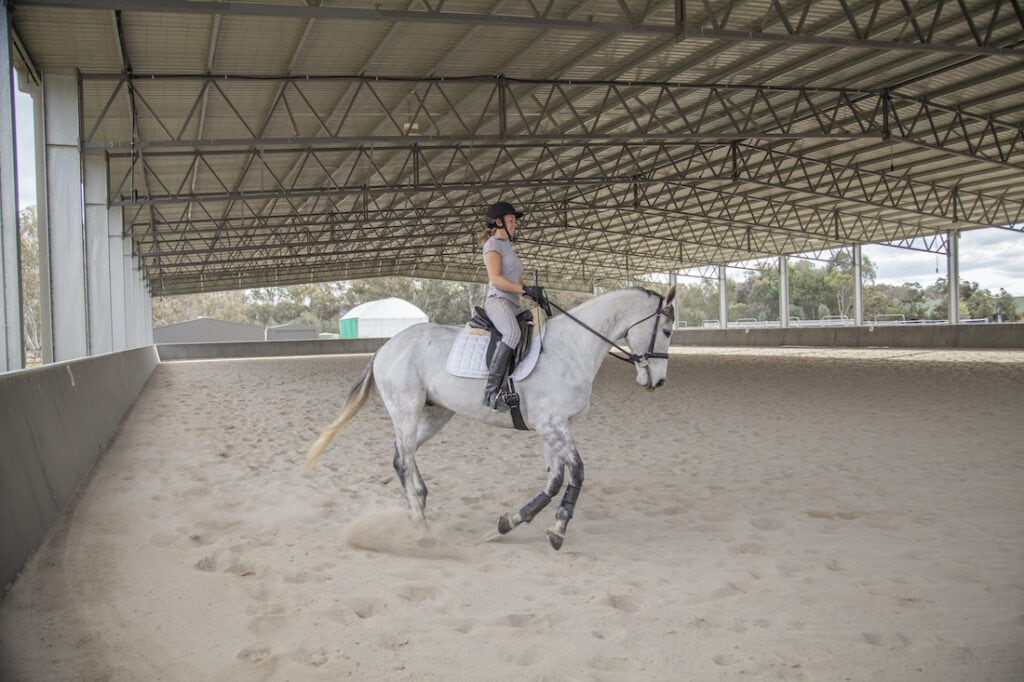
Kirk says that the difficulty in getting labour, particularly skilled labour means that farmers are looking for more tools that will allow them to farm with fewer employees.
�Most farmers are happy to pay for good skilled labour. When you think that some equipment, like a header, is very technical and can cost up to $1 million, you don�t want someone who is not skilled driving it into a fence.�
He says that the technology being applied, like automated satellite controlled driverless machinery, Artificial Intelligence software that can help to increase output and maintain product, such as grain monitors, is much sought after.
�There has been a culture of change growing in the farming community that has been needed for some time.�
The timber shortage
Ian MacArthur, of Norwood Products, says that despite the bumper crops across many parts of Australia, a lot of stock such as timber is extremely hard to get.
He says there are even suppliers who are approaching Norwood Products to get product. But part of the reason for the scarcity is, according to Ian, due to the fact that the building industry is going crazily well.
Established in 1992 � Norwood Products is an Australian owned business, providing quality outdoor timber products including morticed timber post and rail fencing, gates, bollards, landscaping timbers supplying individuals and large scale operations such as the building and construction industry.
Norwood supplies to contractors, councils developers, management committees and individual clients. Ian says that that most farmers are aware of the supply constraints and are prepared to be patient.
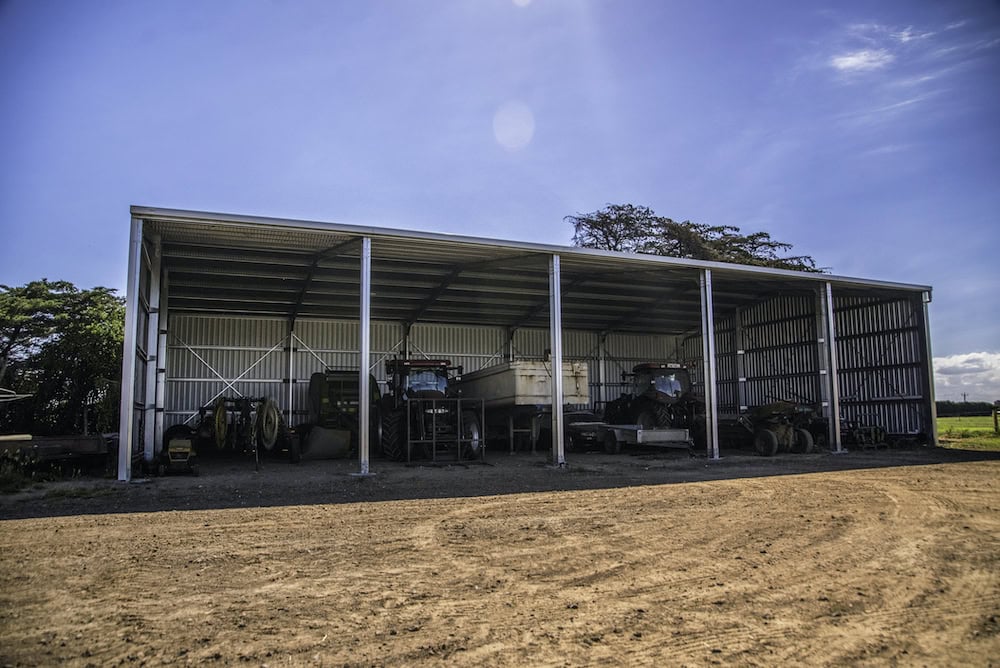
�If you are building a fence and using a contractor, there can be a 12 month wait,� he says. But despite that, contractors he has spoken to are still taking orders.
Many farms are now replacing fences washed away in recent floods or damaged by the fires in 2020.
Implementing renewables
One of the key areas for infrastructure upgrade is the implementation of renewable energy supply. For many farm operations, the cost of diesel is, alongside labour, a sizable and growing impost. With farmers being one of the first sectors in Australia to embrace emission targets, the adoption of renewable energy such as solar, batteries, wind and hydrogen power is rapidly increasing.
Red Earth Energy Storage Solution is an Australian company, using mostly Australian manufactured equipment to deliver solar powered battery solutions.
Jeremy Whaley, Red Earth�s head of engineering, says farmers increasingly need reliable, scalable energy supply.
While Jeremy does not dismiss other renewable energy solutions he says that at this time, the sun with constant free energy is the best and most reliable option.
�We have moved exclusively to Lithium Ferro Phosphate batteries and we provide a very modular and scalable solution,� he says.
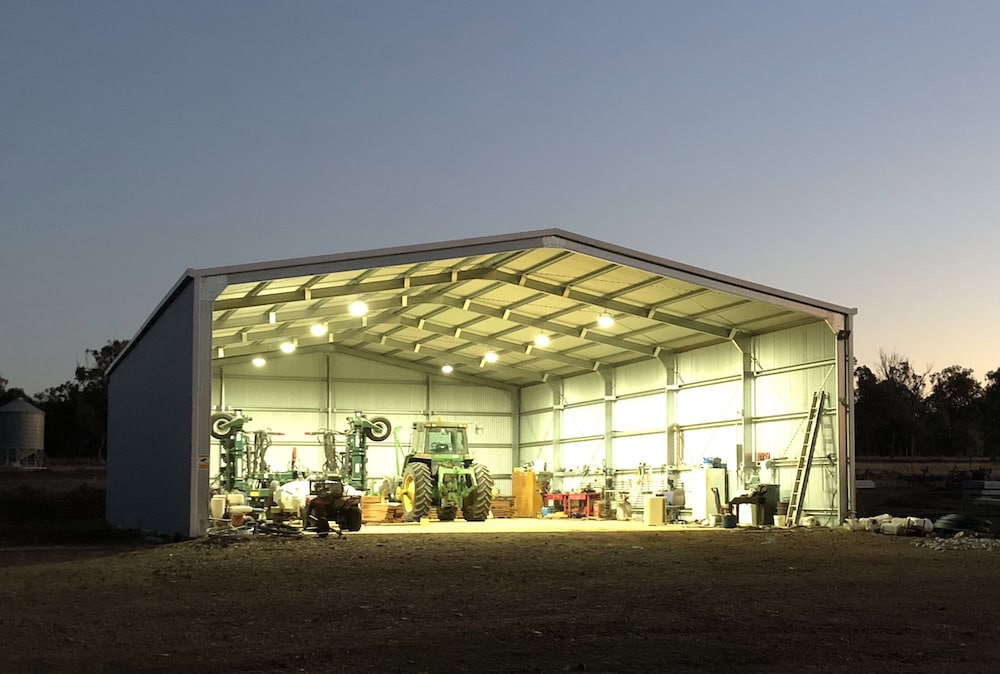
Working with a farmer to work out exactly what their most efficient mix of power supply needs might be is an important part of Red Earth�s implementation strategy. That way the farmer gets the most cost effective solution but always with an upgrade path and an eye to the future and potential for growth.
�We work with the farmer to find out first what their kilowatt or power requirement would be and secondly what kilowatt hours, or storage, is needed. So, we audit and assess power usage such as how many fridges are on the farm, how many machines need to be powered and then we can work out system size.�
As businesses across the country move to reduce their carbon footprint in order to reduce costs and to comply with growing global demand for low emissions production, more and more farmers are assessing their power needs.
Supply and demand
Andrew Kotzur of Kotzur says the past two years of good growing conditions means that the Australian agriculture sector is �going gangbusters�, but despite there being more cash available for vital infrastructure upgrades, everyone has been forced to look ahead due to supply issues. �We are all learning to be patient,� Andrew says.
Kotzur Silo is a family owned operation which has manufacturing sites in Walla Walla, near Albury and in Toowoomba, Queensland. The company makes silos of all sizes and is an end-to-end supplier.
Andrew says that there have been some issues with scarcity of materials but he argues that because his company uses almost exclusively Australian product and because the company is a large scale producer, there have been few problems meeting customer demands.
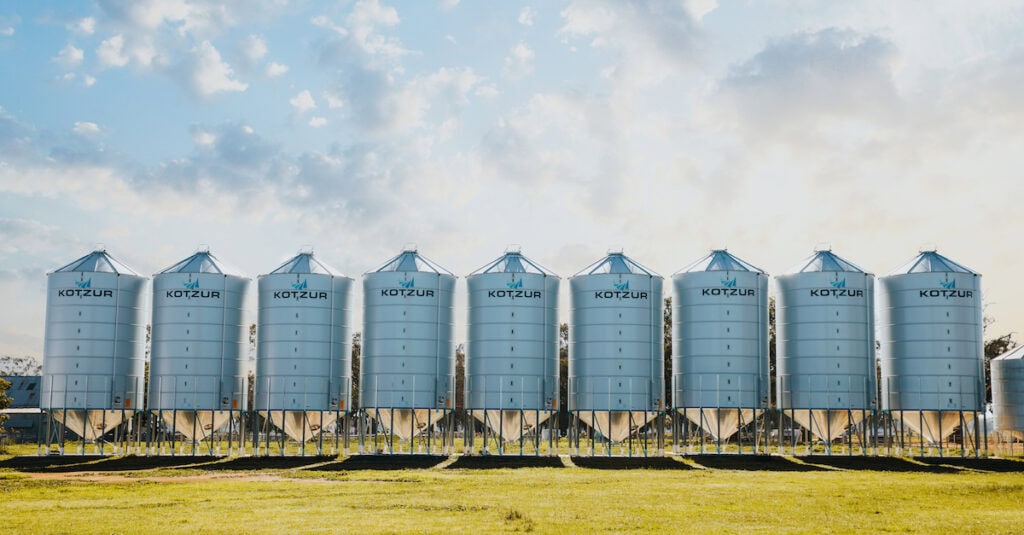
�We have a preference to use Australian made steel where we can. Some of our heavier materials are not made here and we are seeing more imported materials than normal. But, because we are a significant user, we have supply chains in place,� he says.
�Some of the smaller components can be a problem for example, one major component we use in the fans is imported and the factory that supplies had been hit by COVID-19. We had to scramble to find another supplier.�
Andrew explains that there have been some issues with components such as printed circuit boards from Europe, and with delays due to the pandemic, he has had to fly the components out from Germany in order to keep manufacturing on schedule.
Kotzur makes silos up to 12,000 ton capacity. He says demand is now very high due to the good cropping of the past two years.
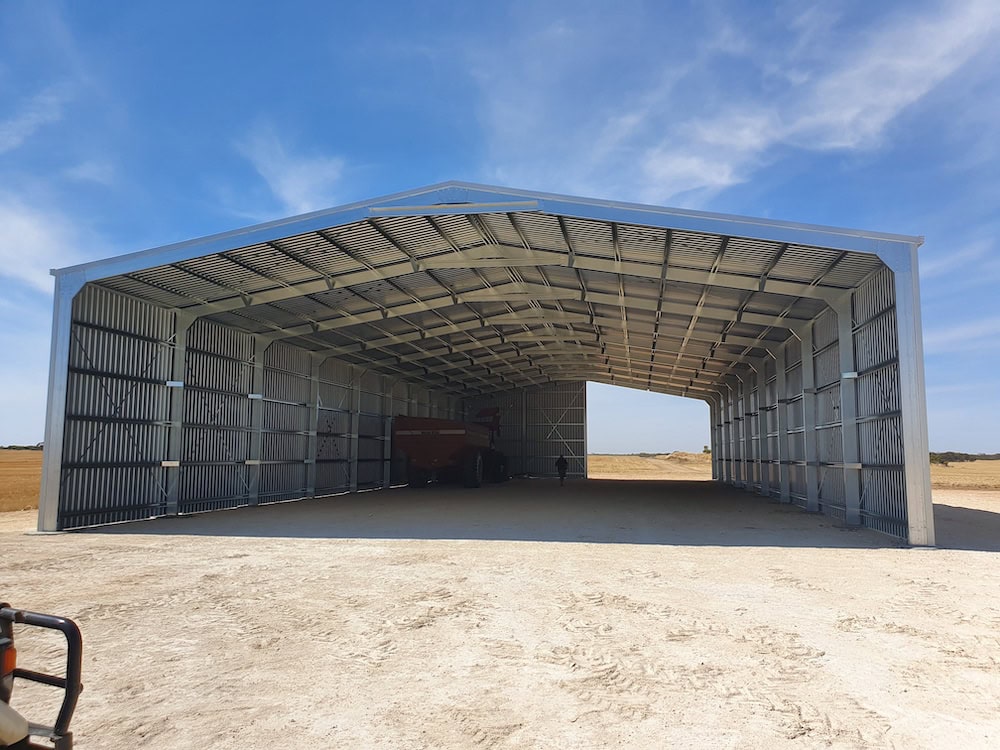
He predicts there will be several stand out issues in 2022 which have to be solved for the rural and general business community.
�We are all a bit gun shy about making predictions given what has happened over the past few years,� he says. �But clearly labour force optimisation is vital in the effort to provide higher efficiency in farming.�
Andrew says that issues such as pricing and production, changing weather, supply chain management and efficiencies in bulk handling and road efficiency linked to a national heavy vehicle regulation and accreditation are all issues of concern for the coming year.
If you enjoyed this feature on farming infrastructure, you might like our feature on R&D in agriculture.


